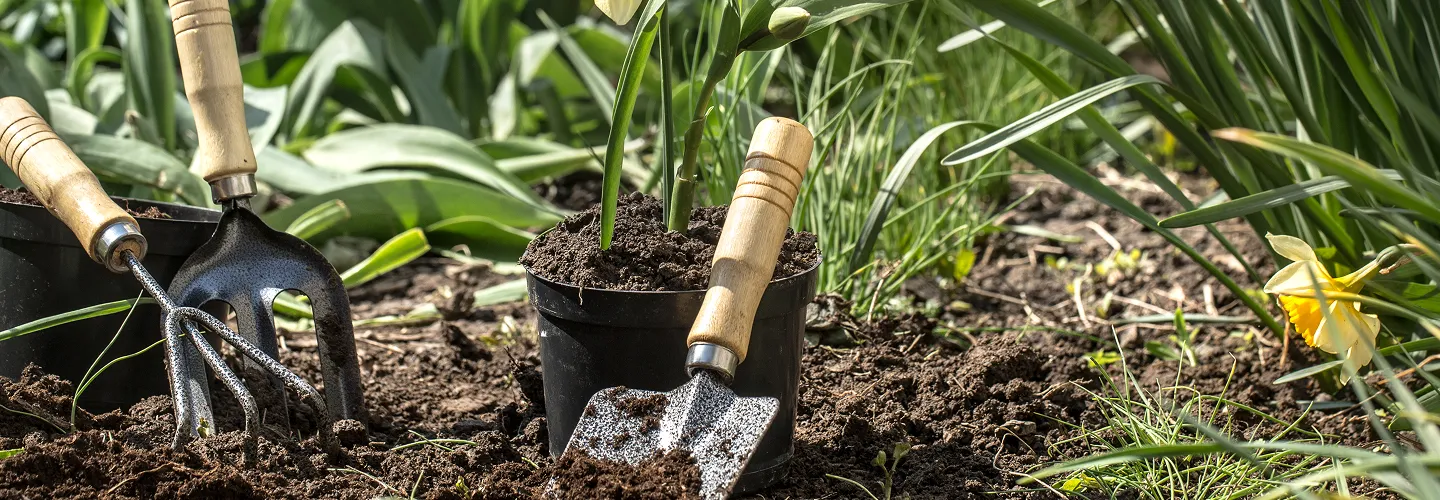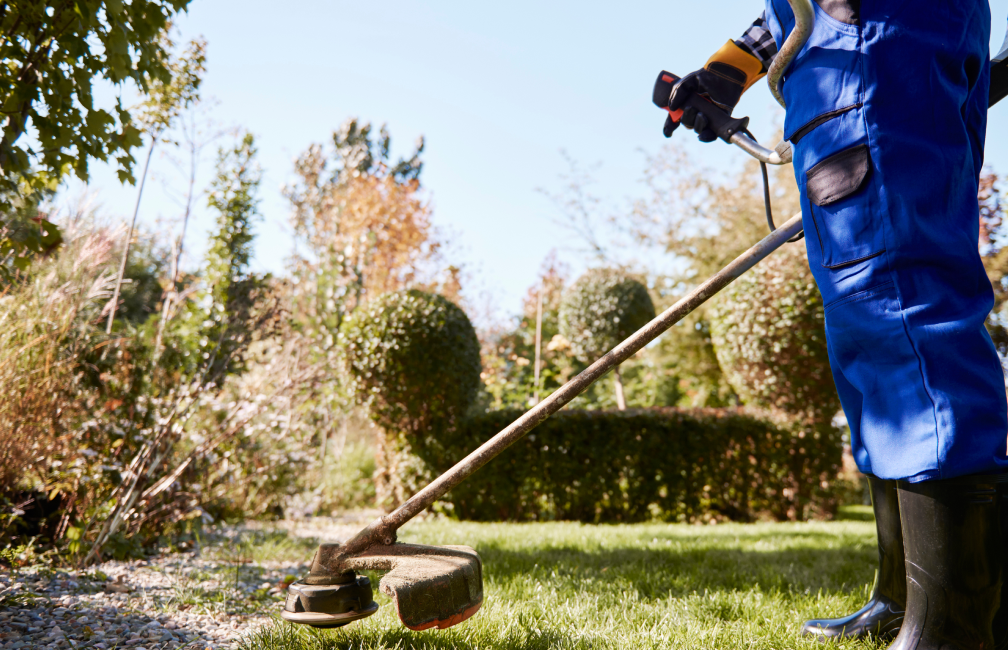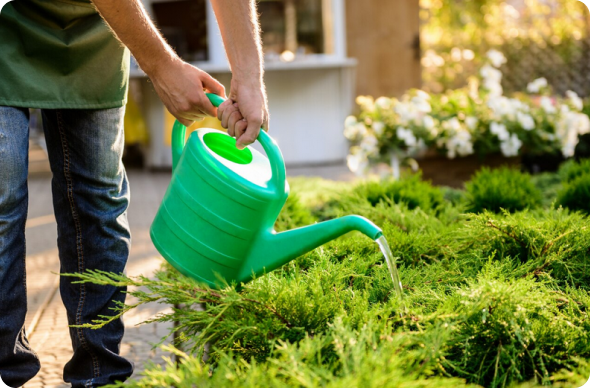
Norton Lawn Aeration Services
Choose our expert lawn aeration to boost root growth, improve soil health, and ensure your grass stays lush, green, and resilient all season long.
Get a Free QuoteWhen to Schedule Lawn Aeration in Norton, MA – Seasonal Guide
In Norton, MA, the best times to schedule lawn aeration are typically in early spring or early fall, when grass is actively growing and can recover quickly. The region’s climate, with its cold winters and humid summers, means that soil compaction and thatch buildup are common issues, especially in neighborhoods near Winnecunnet Pond or along the wooded areas of Barrowsville. Aerating during these optimal windows helps lawns withstand summer droughts and recover from winter frost, ensuring lush, healthy turf throughout the year.
Local environmental factors play a significant role in determining the right timing for aeration. For example, properties with heavy shade from mature oaks in the Crane Street area may experience slower soil drying, while homes near the Norton Reservoir might face higher humidity and moisture retention. It’s also important to consider the town’s average last frost date and any municipal guidelines, which can be found on the Town of Norton’s official website, to avoid scheduling aeration too early or late in the season.
Local Factors to Consider for Lawn Aeration in Norton
- Tree density and shade coverage, especially in established neighborhoods
- Soil type (clay-heavy soils are more prone to compaction)
- Terrain and drainage patterns, particularly near wetlands or sloped lots
- Seasonal precipitation and drought risk
- Municipal restrictions or recommended service windows
- Proximity to local landmarks like Norton Reservoir or Winnecunnet Pond
Benefits of Lawn Aeration in Norton

Improved Soil Health
Enhanced Grass Growth
Better Water Absorption
Reduced Soil Compaction
Increased Nutrient Uptake
Stronger, Greener Lawns

Norton Lawn Aeration Types
Core Aeration
Spike Aeration
Liquid Aeration
Slicing Aeration
Manual Aeration
Aeration with Overseeding
Power Aeration
Our Lawn Aeration Process
Site Evaluation
Preparation
Core Aeration
Cleanup
Post-Aeration Review
Why Choose Norton Landscape Services

Norton Homeowners Trust Us
Expert Lawn Maintenance
Reliable Seasonal Cleanup
Competitive Pricing
Professional Team
Satisfaction Guarantee
Personalized Service
Contact Norton's Department of Public Works for Soil Core Disposal & Aeration Debris Management
Systematic handling of extracted soil plugs following turf perforation procedures represents a fundamental element of responsible landscape stewardship throughout Norton, Massachusetts. The town's Department of Public Works has established comprehensive protocols for organic yard debris processing that directly influence property owners managing post-aeration materials. Understanding these municipal standards ensures regulatory compliance while fostering environmentally sustainable soil cultivation practices across this Bristol County community, distinguished by its prestigious Wheaton College campus and vital Three Mile River watershed connections.
Norton Department of Public Works
70 East Main Street, Norton, MA 02766
Phone: (508) 285-0260
Official Website: Department of Public Works
Municipal authorities advocate allowing extracted plugs to naturally decompose on turf surfaces, returning valuable organic compounds and essential mineral nutrients to the soil ecosystem. When removal becomes necessary due to excessive accumulation, residents must employ biodegradable paper receptacles exclusively, avoiding synthetic materials that violate Massachusetts General Law Chapter 111, Section 150A. Effective management strategies include allowing plugs to air-dry 48-72 hours before redistribution through mowing operations, positioning collected materials away from campus drainage systems and watershed buffer zones, thoroughly cleaning hard surfaces to prevent soil migration into storm infrastructure, and coordinating with municipal transfer station schedules for proper composting. This methodology proves particularly advantageous for Norton's diverse soils that transition from dense glacial till formations to more permeable riverine deposits, all requiring organic matter supplementation to enhance structure and improve growing conditions.
Understanding Soil Compaction in Norton's Glacial Till Uplands and Three Mile River Valley Deposits
Norton's distinctive geological composition encompasses glacial till uplands interspersed with Three Mile River valley alluvium and educational campus developments, generating multifaceted soil cultivation challenges throughout this southeastern Massachusetts community. According to USDA Web Soil Survey documentation, predominant soil classifications include Paxton and Woodbridge fine sandy loams dominating glacial till uplands throughout residential and campus areas, Canton and Charlton complexes on elevated knolls and drumlin formations, plus Merrimac sandy loam and Windsor loamy sands on river terrace deposits along the Three Mile River corridor. Poorly drained zones encompass Ridgebury fine sandy loam and Whitman fine sandy loam in inter-drumlin depressions, while organic Freetown and Scarboro series occur in wetland areas along the Three Mile River, Snake River, and extensive conservation lands.
The glacial till formations contain dense clay-enriched substrates that restrict hydraulic movement and root penetration, conditions intensified by concentrated pedestrian traffic from Wheaton College's 400-acre campus activities, residential development patterns, and historical agricultural operations. The undulating glacial topography creates varied drainage characteristics that channel runoff on slopes while generating persistently waterlogged conditions in depressions between drumlin formations. River valley deposits provide superior growing conditions yet experience subsurface compaction from recreational activities and institutional maintenance operations throughout the college and community areas.
University of Massachusetts Extension Center for Agriculture, Food and the Environment
161 Holdsworth Way, Amherst, MA 01003
Phone: (413) 545-2766
Official Website: University of Massachusetts Extension
These environmental stressors manifest as persistent standing water following precipitation despite comprehensive drainage systems, extreme soil resistance indicating hardened compacted layers from campus and residential traffic, declining turf vigor during summer stress periods despite adequate moisture availability, and extensive moss proliferation in shaded areas under Norton's mature tree canopy where poor drainage and reduced light create challenging growing conditions. Professional aeration becomes indispensable when conventional maintenance approaches prove insufficient, with dense glacial till areas typically requiring annual autumn applications using specialized equipment capable of penetrating clay layers, while river valley soils benefit from biennial treatments paired with organic matter incorporation.
Norton Conservation Commission Guidelines for Core Aeration Near Protected Three Mile River Watershed Systems
Environmental protection requirements substantially influence lawn aeration operations throughout Norton, particularly adjacent to the Three Mile River, Snake River, Crane Pond, Winnecunnet Pond, Great Woods Conservation Area, and numerous protected wetland complexes that characterize this community's exceptional ecological and educational heritage. The Norton Conservation Commission enforces stringent buffer zone restrictions prohibiting mechanical soil disturbance within 100 feet of certified wetland boundaries and 200 feet of perennial stream channels, as mandated by the Massachusetts Wetlands Protection Act.
Norton Conservation Commission
70 East Main Street, Norton, MA 02766
Phone: (508) 285-0260
Official Website: Conservation Commission
Property owners formulating aeration proposals must secure written authorization when operating within designated buffer zones or environmentally sensitive watershed regions. The commission demands comprehensive site documentation including wetland delineations, river corridor boundaries, proposed aeration locations, and thorough erosion prevention measures preventing soil displacement into protected aquatic systems. Timing restrictions apply during wildlife reproduction periods and academic calendar considerations, typically limiting mechanical operations between March 15 and August 31 to safeguard sensitive river ecosystems and nesting bird populations. Special coordination becomes necessary with Wheaton College environmental management programs and conservation organizations maintaining overlapping jurisdiction throughout Norton's extensive conservation lands and watershed protection areas.
Norton's Implementation of Massachusetts Soil Health Regulations for Aeration Operations
Massachusetts soil health regulations establish comprehensive standards for mechanical soil management practices, including core aeration operations conducted throughout Norton's educational and watershed environment. These regulations require adherence to best management practices designed to safeguard groundwater quality and prevent soil erosion during aeration activities, while supporting municipal environmental protection objectives in this community where soil management directly impacts both educational landscapes and sensitive watershed ecosystems.
Massachusetts Department of Environmental Protection
One Winter Street, Boston, MA 02108
Phone: (617) 292-5500
Official Website: Massachusetts Department of Environmental Protection
Massachusetts Department of Agricultural Resources
251 Causeway Street, Suite 500, Boston, MA 02114
Phone: (617) 626-1700
Official Website: Massachusetts Department of Agricultural Resources
Implementation emphasizes timing restrictions, equipment specifications, and post-aeration stabilization requirements ensuring environmental protection while supporting effective inland watershed soil management. Operations must avoid frozen or waterlogged conditions, utilizing hollow-tine equipment that extracts clean cores 2-3 inches deep on till soils with specialized drainage-focused techniques for watershed depression areas. Primary benefits include enhanced water infiltration through compacted glacial till layers, improved organic matter incorporation in educational institution and residential growing media, reduced surface compaction from campus activities and watershed recreational use, and support for sustainable turf establishment in challenging inland glacial growing environments.
Post-Aeration Stormwater Management in Compliance with Norton's MS4 Program
Norton's Municipal Separate Storm Sewer System (MS4) program establishes precise requirements for managing stormwater runoff following lawn aeration activities, particularly in developed campus and residential areas where soil disturbance could contribute to water quality degradation in the Three Mile River watershed and regional drainage networks. The program harmonizes with federal Clean Water Act directives while addressing local watershed protection priorities for educational institution stormwater management and inland watershed preservation.
U.S. Environmental Protection Agency, Region 1
5 Post Office Square, Boston, MA 02109
Phone: (617) 918-1111
Official Website: U.S. Environmental Protection Agency, Region 1
Post-aeration stormwater management necessitates immediate stabilization of disturbed soil surfaces through overseeding, mulching, or temporary erosion control measures. Property owners must prevent soil particles from entering storm drainage systems during the critical establishment period following aeration, particularly important where runoff directly impacts the Three Mile River watershed and associated conservation areas. The EPA NPDES permit system governs municipal compliance while providing enforcement mechanisms for violations. Weather monitoring becomes essential, with contractors postponing operations during predicted rainfall events using National Weather Service Boston forecasting data to prevent sediment transport and protect watershed quality.
What Neighborhoods Do We Serve Throughout Norton, MA?
Our specialized expertise encompasses Norton's distinctive educational and watershed districts, each presenting unique soil cultivation challenges requiring expert local knowledge based on institutional proximity, conservation areas, and geological characteristics.
Norton Center & Wheaton College Academic District: This prestigious liberal arts college campus and surrounding civic area features mixed Paxton and Woodbridge fine sandy loams over glacial till, complicated by intensive pedestrian traffic from students, faculty, and academic activities. Properties experience chronic compaction from institutional foot traffic, athletic field usage, and maintenance operations, requiring annual deep-core aeration with specialized equipment capable of addressing high-use recreational areas while supporting sustainable campus landscape management and coordinating with academic calendar scheduling requirements.
Three Mile River Corridor & Watershed Conservation Areas: Properties along this significant waterway encompass alluvial deposits and seasonal wetland inclusions, offering superior growing conditions but demanding rigorous environmental compliance. Properties require careful aeration scheduling during late summer when soils achieve firmness, emphasizing comprehensive erosion prevention and strict buffer zone compliance to protect this critical watershed supporting diverse wildlife communities and regional water quality throughout the inland glacial terrain.
Great Woods Conservation Area Interface & Forest Borders: Properties adjacent to this extensive conservation area feature mixed glacial till and sandy outwash soils with significant tree coverage and recreational use impacts from trail systems. Aeration requires coordination with conservation management and specialized timing to address residential landscape needs while preventing impact to sensitive forest ecosystems through comprehensive environmental compliance measures and wildlife protection protocols.
East Norton & Snake River Wetland Margins: This area encompasses properties with poorly drained Ridgebury and Whitman soils influenced by the Snake River system and associated wetland complexes. Properties require specialized aeration techniques addressing both seasonal saturation and wetland buffer zone compliance, often involving drainage-focused approaches and organic matter incorporation to improve soil structure in these challenging watershed-influenced growing environments.
West Norton Residential Heights & Drumlin Formations: These established residential neighborhoods feature properties on predominantly Paxton and Woodbridge glacial till soils with mature development patterns and challenging topography characteristic of inland glacial terrain. Properties often experience compaction from residential activities combined with steep drumlin slopes and dense clay subsoils, requiring annual autumn aeration focusing on breaking through hardpan layers and incorporating organic matter while managing established neighborhood infrastructure.
Route 140 & Route 123 Transportation Corridors: These major transportation routes feature properties with mixed glacial deposits experiencing surface crusting from vehicular traffic and ongoing development activities. Properties face challenges from road salt exposure and construction impacts, requiring biennial aeration with pH-balancing compost applications to improve infiltration and establish sustainable turf in challenging roadside environments while managing the effects of winter treatments on naturally variable soil conditions.
Norton Municipal Bylaws for Core Aeration Equipment Operation & Noise Control
Municipal noise regulations significantly impact lawn aeration service scheduling throughout Norton, with detailed restrictions governing equipment operation hours and sound level limitations in residential areas. Town bylaws typically restrict mechanical lawn care activities to weekday hours between 7:00 AM and 6:00 PM, with weekend operations limited to 8:00 AM through 5:00 PM to minimize neighborhood disturbances in this educational community where academic scheduling and residential tranquility require careful consideration of noise impacts.
Norton Building Department
70 East Main Street, Norton, MA 02766
Phone: (508) 285-0260
Official Website: Building Department
Norton Board of Health
70 East Main Street, Norton, MA 02766
Phone: (508) 285-0260
Official Website: Board of Health
Equipment specifications require compliance with EPA emission standards and Massachusetts noise pollution regulations, particularly near educational institutions, conservation areas, and residential neighborhoods throughout the community. Professional contractors must maintain current licensing and insurance documentation while demonstrating competency in local regulatory requirements governing inland watershed and educational institution soil management activities. Best practices include scheduling autumn aeration as optimal timing while avoiding wildlife breeding seasons and college academic periods, marking irrigation systems and utilities using Dig Safe protocols before operations commence, coordinating with Wheaton College schedules and conservation area activities to minimize disruption, providing immediate post-aeration care through seed combinations appropriate for diverse soil conditions ranging from dense glacial till to river valley deposits, and timing operations to avoid peak educational and conservation area usage periods when noise restrictions protect both residential quality of life and academic environment integrity throughout this distinctive inland glacial watershed and educational heritage community.